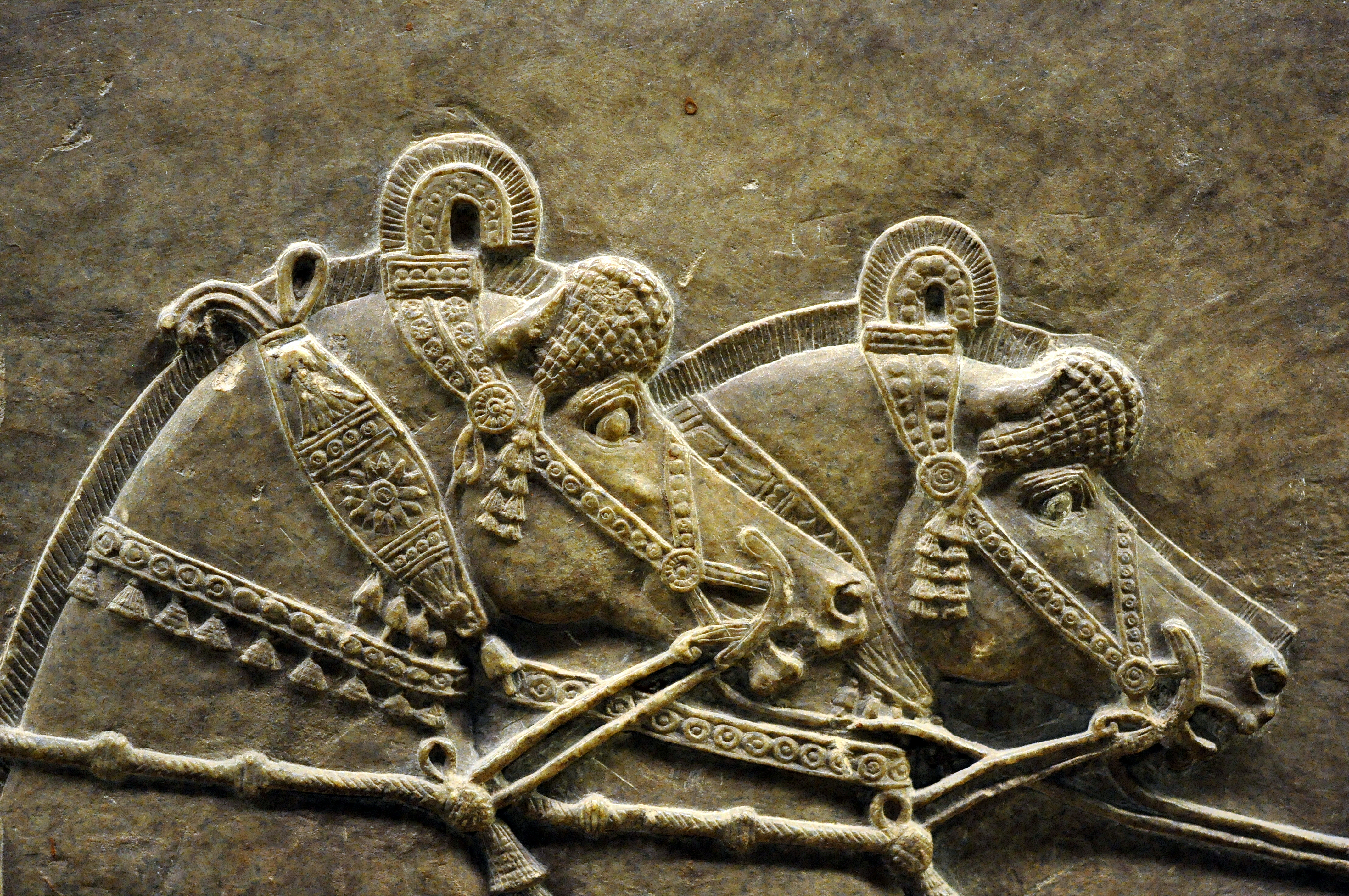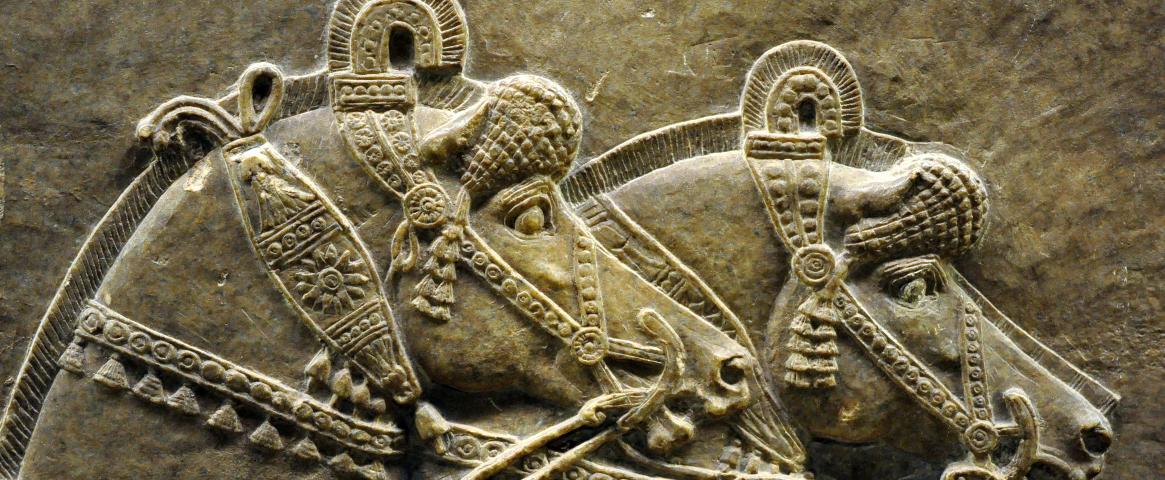By Jaime Chambers
Myths about horses and gender abound. Many equestrians, for example, say they prefer “predictable” geldings over “moody” mares, despite no real difference in their behavior while ridden. Now, a new study suggests that our biased views of horses may have ancient origins. Based on ancient DNA from hundreds of horse skeletons, researchers suggest that Bronze Age Eurasians overwhelmingly preferred male horses — preferences that may shed light on the earliest days of horse husbandry.
It’s a “glorious example of the potential” for DNA to uncover the origins of horse domestication, says William Taylor, an archaeologist at the University of Colorado, Boulder, who wasn’t involved in the study.
Humans likely domesticated horses around 5500 years ago on the grasslands of the Eurasian steppe, and before that, they hunted the beasts for food. Researchers have long suspected that male horses might outnumber females in early Eurasia, especially given the large number of stallions found buried alongside humans in sites dating back thousands of years. But it’s difficult to detect a horse’s sex from the look of their bones alone.
Researchers led by Antoine Fages, a paleogenomicist at Paul Sabatier University in France, sought answers by analyzing DNA from the bones of 268 ancient horses found at dozens of sites across Eurasia, from modern-day Iberia to Siberia, and dating from about 40,000 B.C.E. to 700 C.E. Some horses were purposefully buried, whereas others had been discarded in trash heaps.

Researchers found an equal balance of mares and stallions at the oldest sites, suggesting early Eurasians hunted both sexes equally. Even the Botai hunter-gatherers — thought to be among the first people to domesticate horses in Central Asia around 5500 years ago — showed no preference for one sex over the other.
But about 3900 years ago, a profound shift occurred: From that point on, male horses abound in the archaeological record in many cultures across Eurasia. Researchers found three times more stallions than mares, both purposefully buried and thrown out with the trash. Why the abundance of males? Fages says that it may have come from a new “vision of gender” in humans spurred by societal and technological change.
Archaeologists consistently find Bronze Age men dressed, adorned, buried, and depicted in artwork differently from women — a pattern not seen among their Neolithic predecessors. Many researchers interpret these signs as evidence that male status rose as new social hierarchies were emerging, attributed to the rise of metal production and long-distance trading networks. As class divisions between metalworkers, warriors, and rulers grew, so did distinctions between men and women, Fages speculates.
If societies became more male-biased, people may have applied those same notions to their faithful steeds, believing male horses to be more powerful or capable, Fages and colleagues argue in last month’s Journal of Archaeological Science: Reports. If true, it suggests that ideas about gender status may have shaped both human and animal worlds for thousands of years, he says.
Taylor agrees that anthropomorphic gender notions may have shaped an ancient preference for male horses, but it’s also possible that more mares were kept alive for breeding purposes, he says. Males were simply more disposable, which is why they turn up more often — especially in ancient trash heaps. Fages speculates that the missing mares’ bodies, if they exist, could have been disposed of in places that scientists haven’t yet discovered.
Today, when people select horses for favored traits, Taylor adds, they tend to keep more mares than stallions: a pattern found in modern-day breeding operations from Montana to Mongolia. The relative lack of Bronze Age mares may suggest the earliest equestrians hadn’t yet perfected husbandry techniques, adds Ernest Bailey, a horse geneticist at the University of Kentucky, Louisville. The fact that the Botai hunter-gatherers — who left behind some of the first evidence of milking, corralling, and fashioning bits for horses — used mares and stallions in equal measure could mean they hadn’t yet begun controlling horses’ breeding on a large scale.
The study lays out “a very real and important change” from the Bronze Age onward, says Taylor, perhaps even signaling the moment when humans began selecting horses for specific traits much like modern breeders do today.
Jaime Chambers is an Anthropology Ph.D. student at Washington State University. She has previously written for Ask Dr. Universe, a weekly science column for kids, and Massive Science. Follow her on Twitter @jaimenchambers or email her at jaime.n.chambers@gmail.com.
This story was produced as part of NASW's David Perlman Summer Mentoring Program, which was launched in 2020 by our Education Committee. Chambers was mentored by Michael Price.

